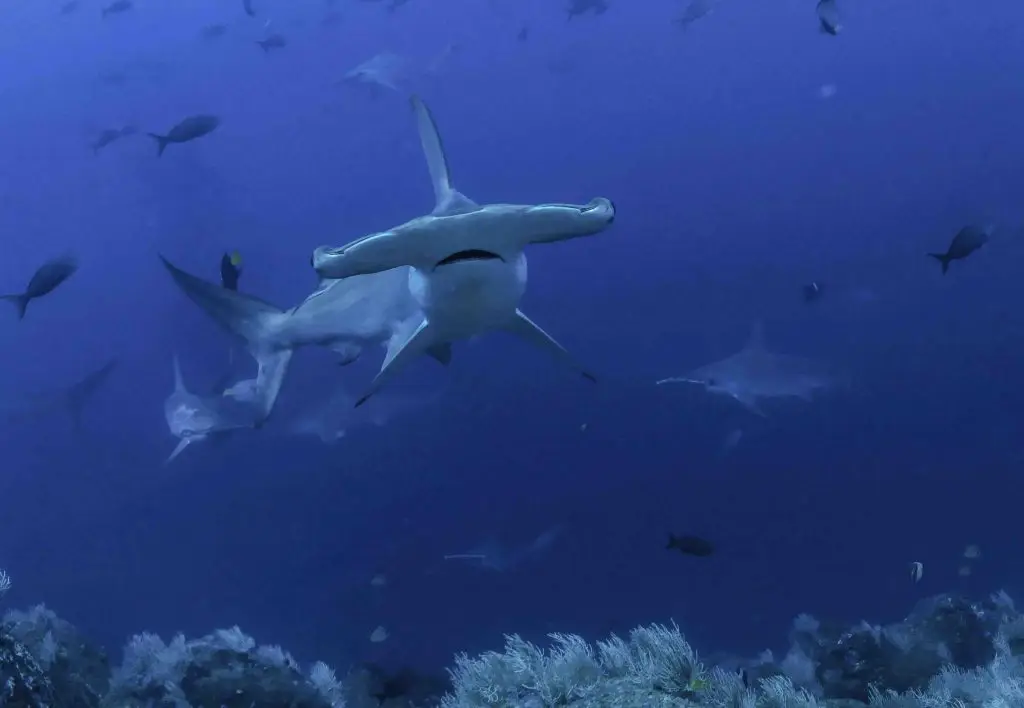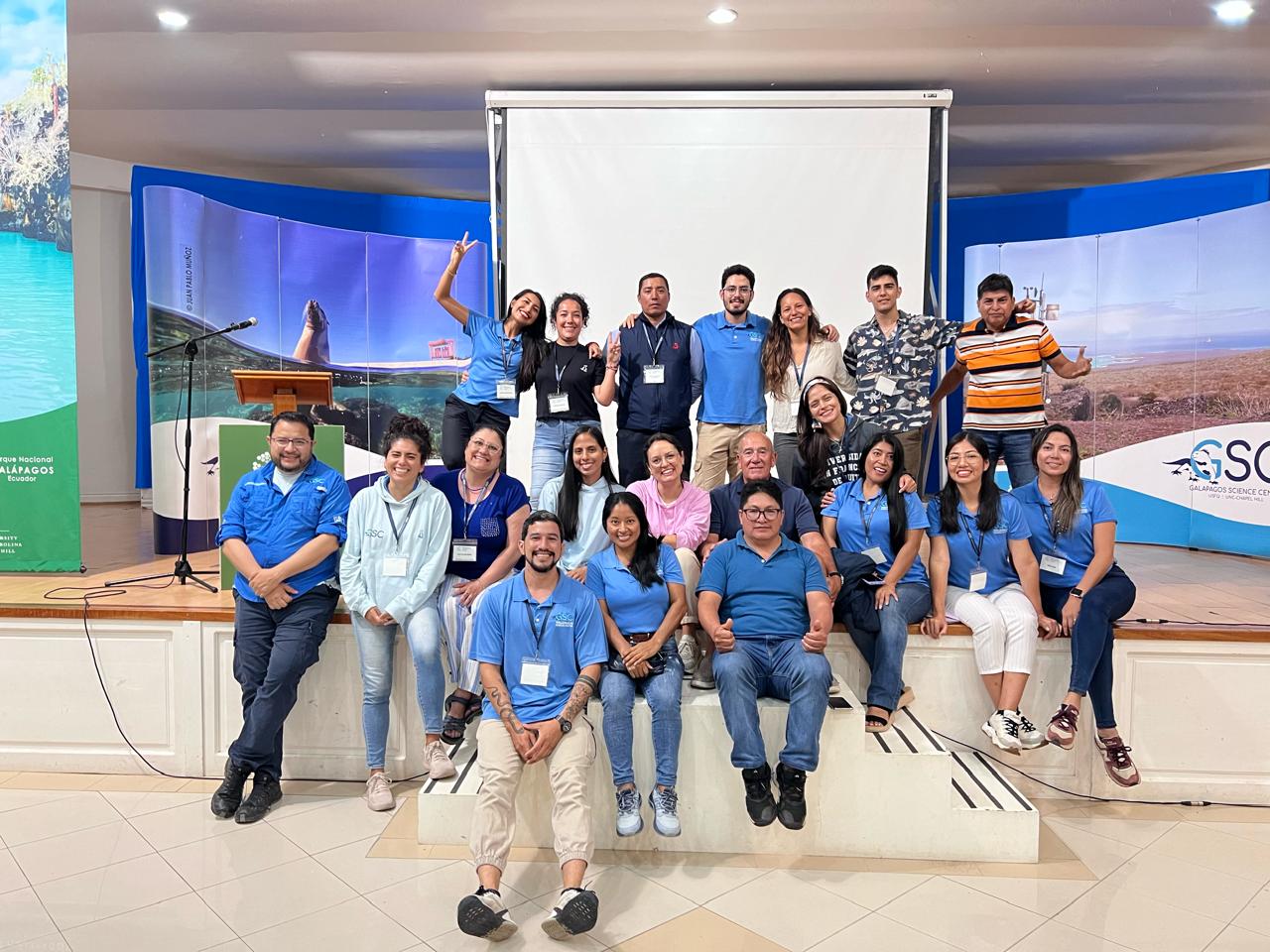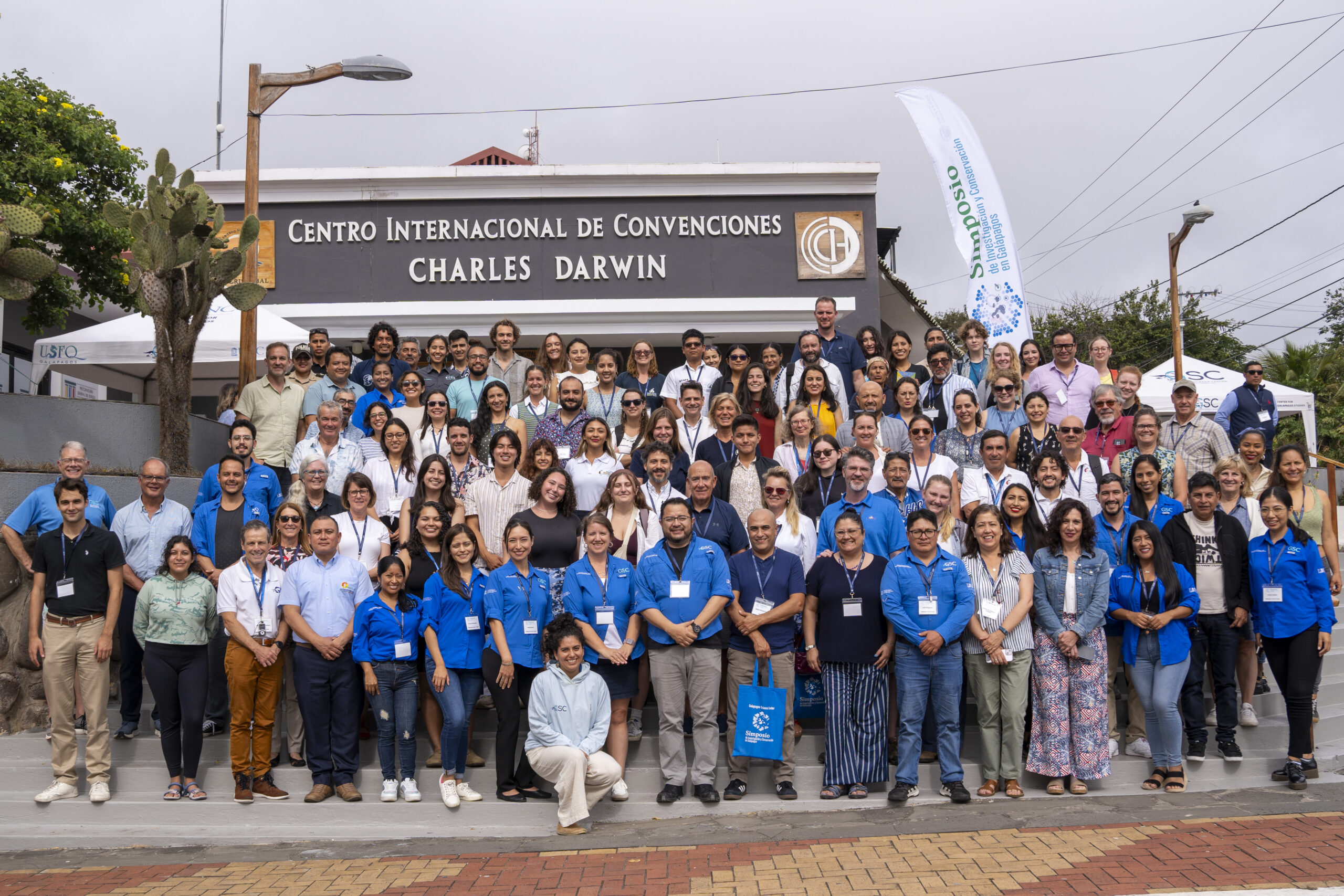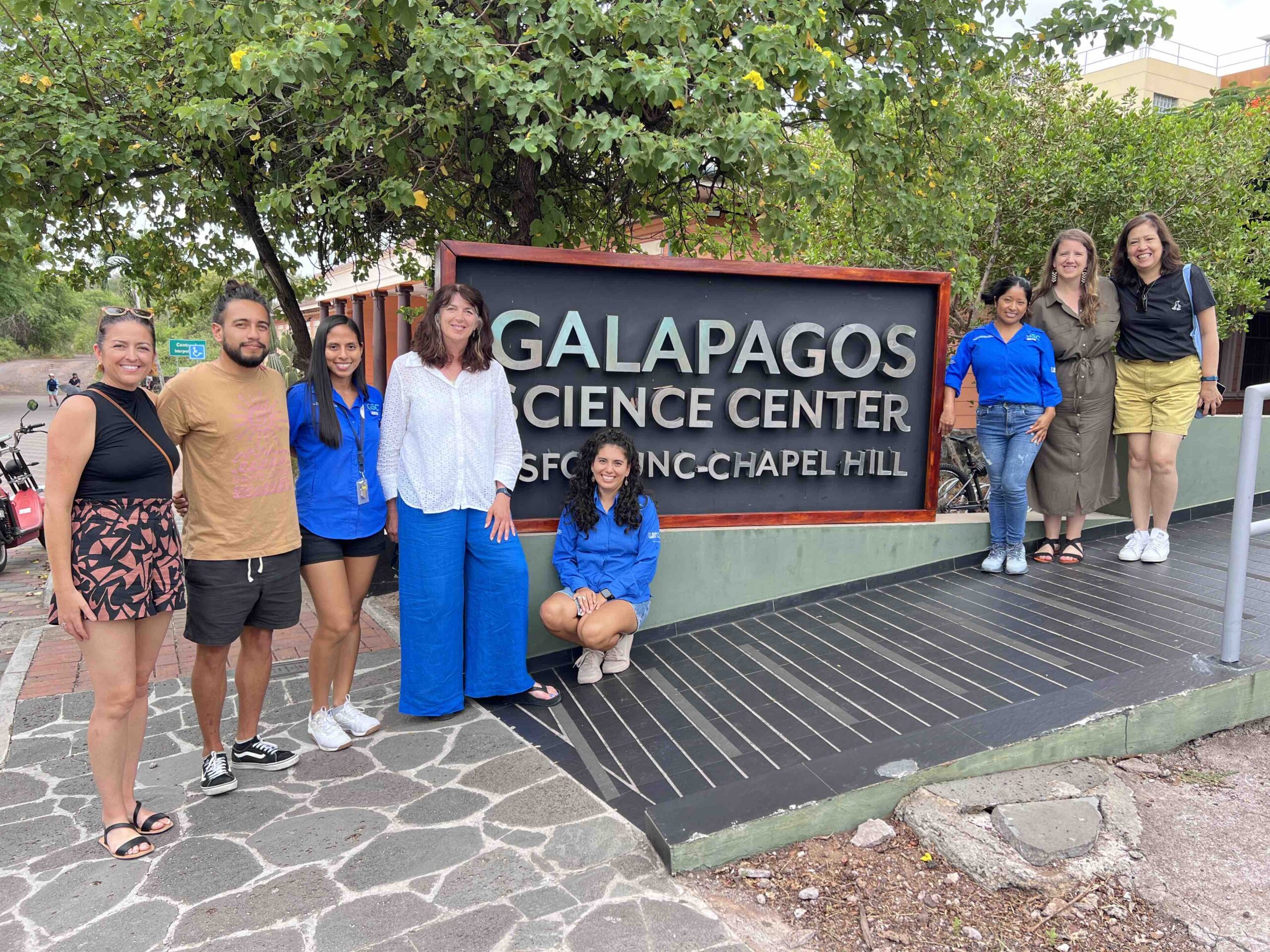Diego Páez-Rosas, Jenifer Suarez-Moncada, Camila Arnés-Urgellés, Eduardo Espinoza, Yolani Robles, Pelayo Salinas-De-León.
El tiburón martillo (Sphyrna lewini), también conocido como tiburón martillo de aletas festoneadas, es una de las especies marinas más icónicas en el Pacífico Tropical Oriental (PTO), sin embargo, todavía se sabe poco sobre su biología reproductiva y el origen de sus áreas de cría, a pesar de la continua disminución global de sus poblaciones. Comprender el origen de las áreas de cría de tiburones es una tarea compleja; sin embargo, se sabe que la obtención de recursos en las primeras etapas de vida de los tiburones placentarios ocurre a través de la reminiscencia materna, por lo que es posible inferir el origen de la energía que los neonatos acumulan durante su gestación. En este estudio evaluamos la conectividad ecológica y el uso de áreas de cría mediante un análisis de isótopos estables de carbono (δ13C) y nitrógeno (δ15N) en muestras de piel de neonatos de S. lewini en gran parte de su distribución en el PTO, incluida la Reserva Marina de Galápagos (RMG). Nuestros modelos de mezcla isotópica revelaron que los neonatos de S. lewini encontrados en la RMG tienen información isotópica similar a las hembras adultas que habitan en el archipiélago de Galápagos, lo que sugiere que son descendientes directos de las hembras que habitan en la RMG. Mientras que los neonatos encontrados en las costas continentales de Ecuador y Panamá tienen firmas isotópicas similares a las de las hembras adultas que habitan en varias ubicaciones en el PTO. Este trabajo proporciona información sobre el origen de las áreas de cría utilizadas por los adultos de S. lewini que se agrupan en grandes cantidades en las islas oceánicas del PTO, destacando el valor de los modelos isotópicos para generar información útil para la conservación de los tiburones.
Conoce más del artículo científico en el siguiente enlace: www.frontiersin.org/articles/10.3389/fmars.2023.1288770






